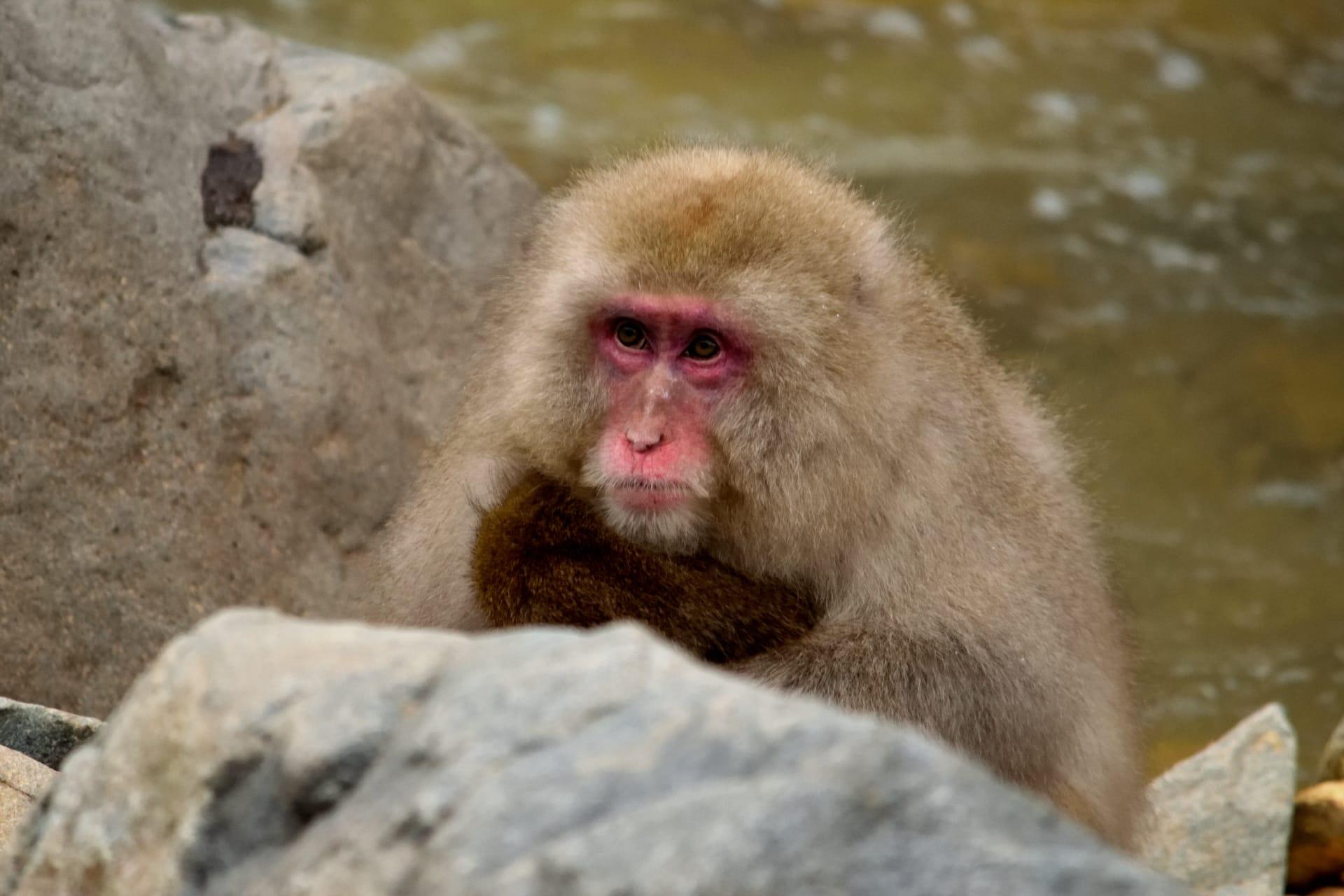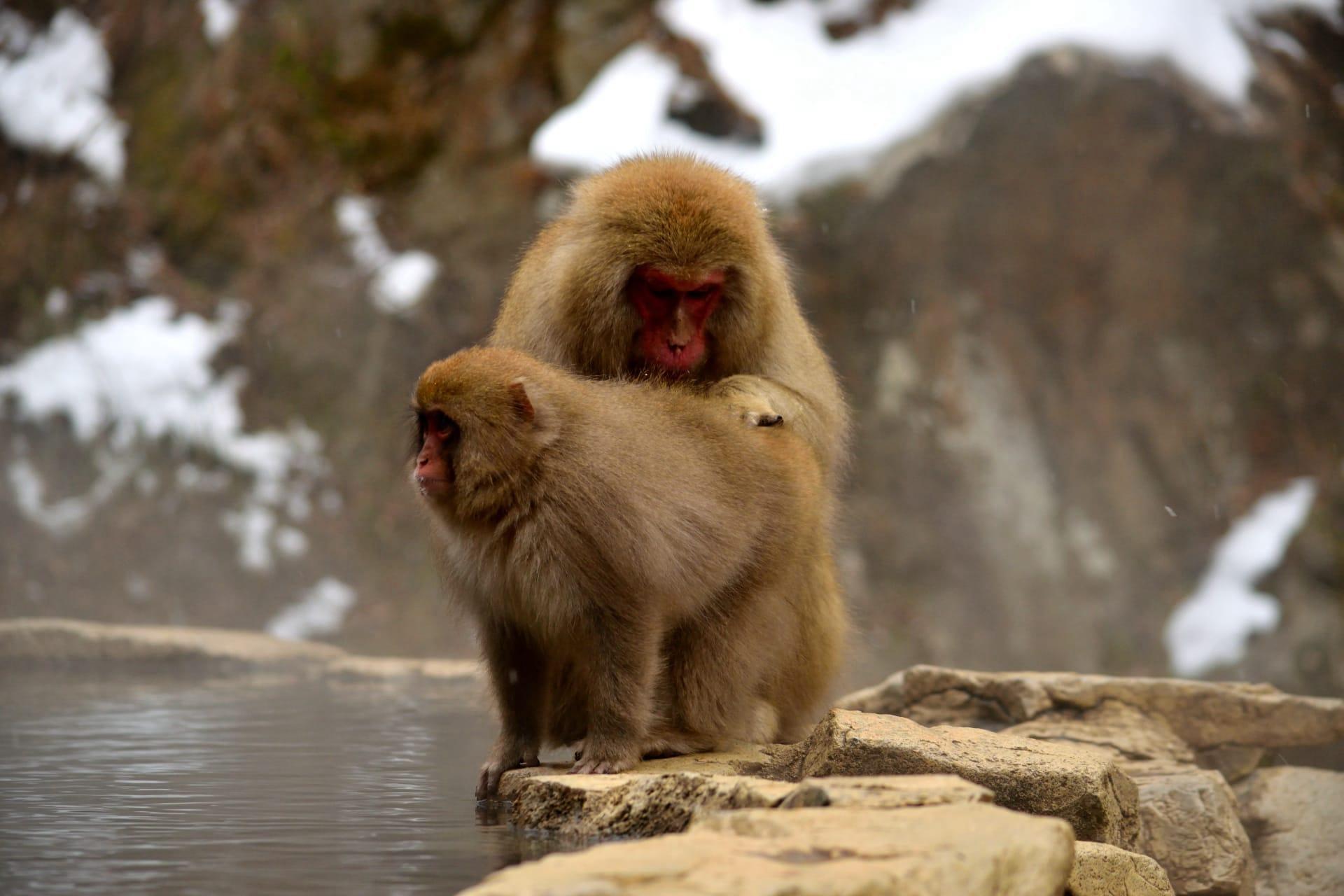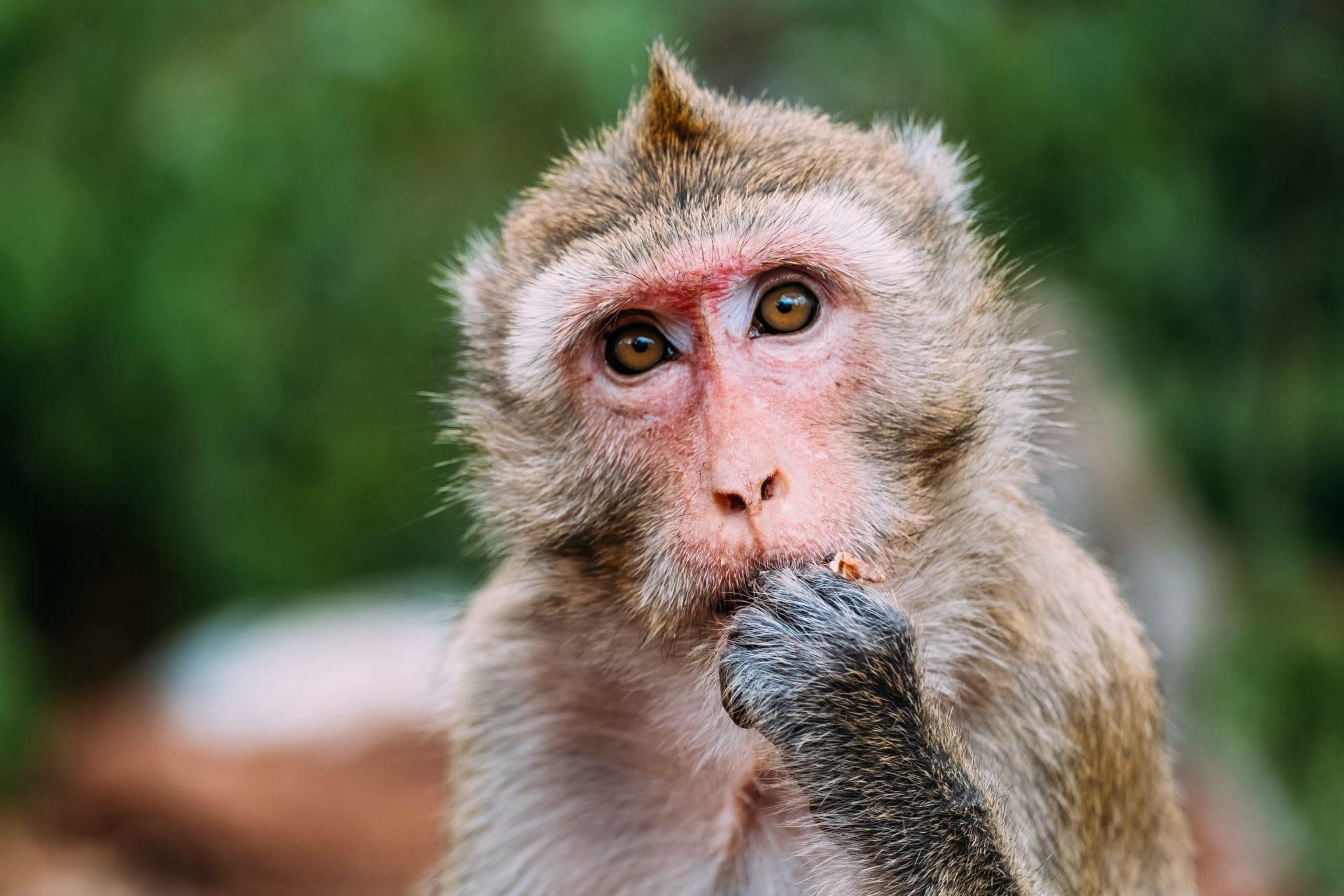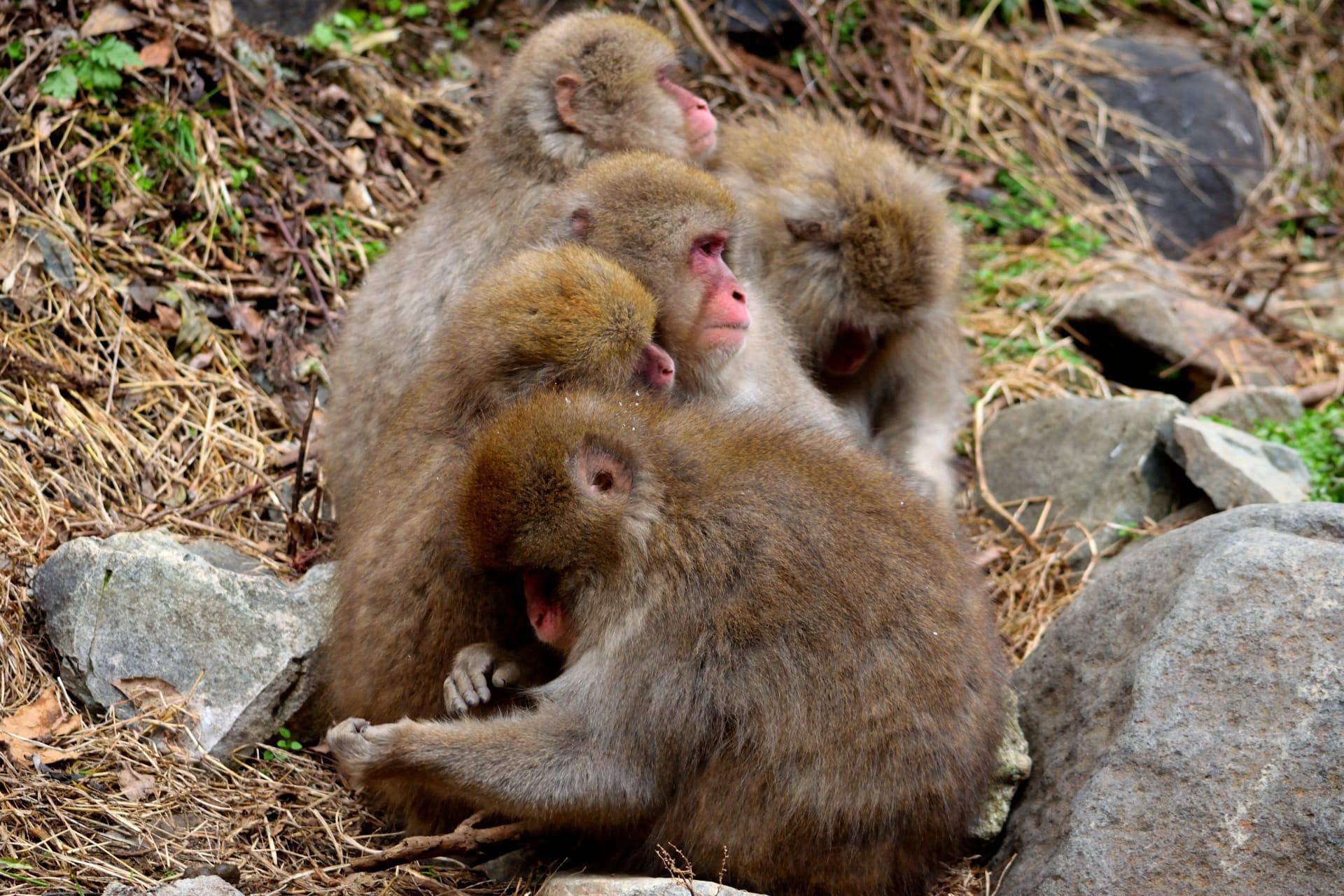Macaque Trivia
- Home /
- Trivia Question /
- Animal /
- Macaque Trivia
1
Question: How many species of macaques are there, and where are they predominantly found?
Answer: There are over 20 species of macaques, each with unique characteristics. They are predominantly found in Asia, North Africa, and Gibraltar. For instance, the Japanese macaque, famous for its snow-bathing habits, inhabits the snowy regions of Japan, while the Barbary macaque, notable for its presence in Europe, primarily resides in the Atlas Mountains of Algeria and Morocco, and the Rock of Gibraltar.
Question: What unique behavioral trait is observed in Japanese macaques during winter?
Answer: Japanese macaques, also known as snow monkeys, exhibit a unique behavior of bathing in hot springs during winter. This activity helps them to keep warm in the freezing temperatures, which can drop as low as -5 degrees Celsius (23 degrees Fahrenheit). These macaques spend significant amounts of time soaking in the springs, a behavior not commonly observed in other non-human primates.

2
Question: Do macaques only live in forested areas?
Answer: It's a common misconception that macaques exclusively inhabit forested areas. In reality, these adaptable primates are found in various environments, including urban areas, mountainous regions, and even arid zones. For example, the urban-dwelling rhesus macaques are often seen in bustling cities across Asia, adeptly navigating the human-dominated landscape.
Question: Are all macaques aggressive towards humans?
Answer: While some people think all macaques are aggressive, their behavior towards humans varies widely among species and individual groups. Factors such as habitat, human interaction, and past experiences influence their behavior. In tourist areas, macaques may exhibit boldness due to regular human contact, while in more secluded areas, they tend to be shy and avoidant.

3
Question: How do macaques communicate with each other?
Answer: Macaques use a combination of vocalizations, facial expressions, and body language to communicate. They have a range of calls for different situations, like warning calls for predators. Facial expressions, like baring teeth or raising eyebrows, play a crucial role in their social interactions. Additionally, body postures and grooming are key to establishing and maintaining social bonds within the group.
Question: What is the diet of a typical macaque?
Answer: Macaques have a diverse diet that varies by species and habitat. Generally, they are omnivores, feeding on fruits, leaves, insects, small animals, and occasionally crops. For example, the rhesus macaque's diet is highly varied, including roots, herbs, fruits, insects, and small animals, making them highly adaptable to different environments.

4
Question: How long do macaques live and what factors influence their lifespan?
Answer: The lifespan of macaques varies by species but typically ranges between 20 to 30 years in the wild. Factors influencing their lifespan include environmental conditions, predation, availability of food, and human impact. In captivity, with proper care, some macaques can live up to 40 years.
Question: Do macaques use tools, and if so, how?
Answer: Yes, some macaque species exhibit tool use, a sign of their intelligence and adaptability. For example, the long-tailed macaques of Thailand use stones as tools to crack open shellfish and nuts. This behavior demonstrates their ability to learn and solve problems, a trait shared with humans and a few other primate species.

5
Question: Are macaques important for their ecosystems, and why?
Answer: Macaques play a vital role in their ecosystems. As omnivores, they help in seed dispersal and controlling insect populations. Their foraging habits aid in maintaining the ecological balance by spreading seeds over wide areas, which helps in forest regeneration and plant diversity.
Question: How do macaques socialize within their groups?
Answer: Macaques have complex social structures characterized by hierarchies and strong social bonds. They socialize through grooming, playing, and vocalizing. Grooming is particularly important as it not only keeps them clean but also establishes and maintains social bonds and hierarchies within the group. Social interactions like play are crucial for the development of young macaques and maintaining group cohesion.